*I received compensation in exchange for this post. All opinions are my own.
Learn how to read wine and execute a few party tricks to make you sound like a wine expert (even if you don’t know much)!
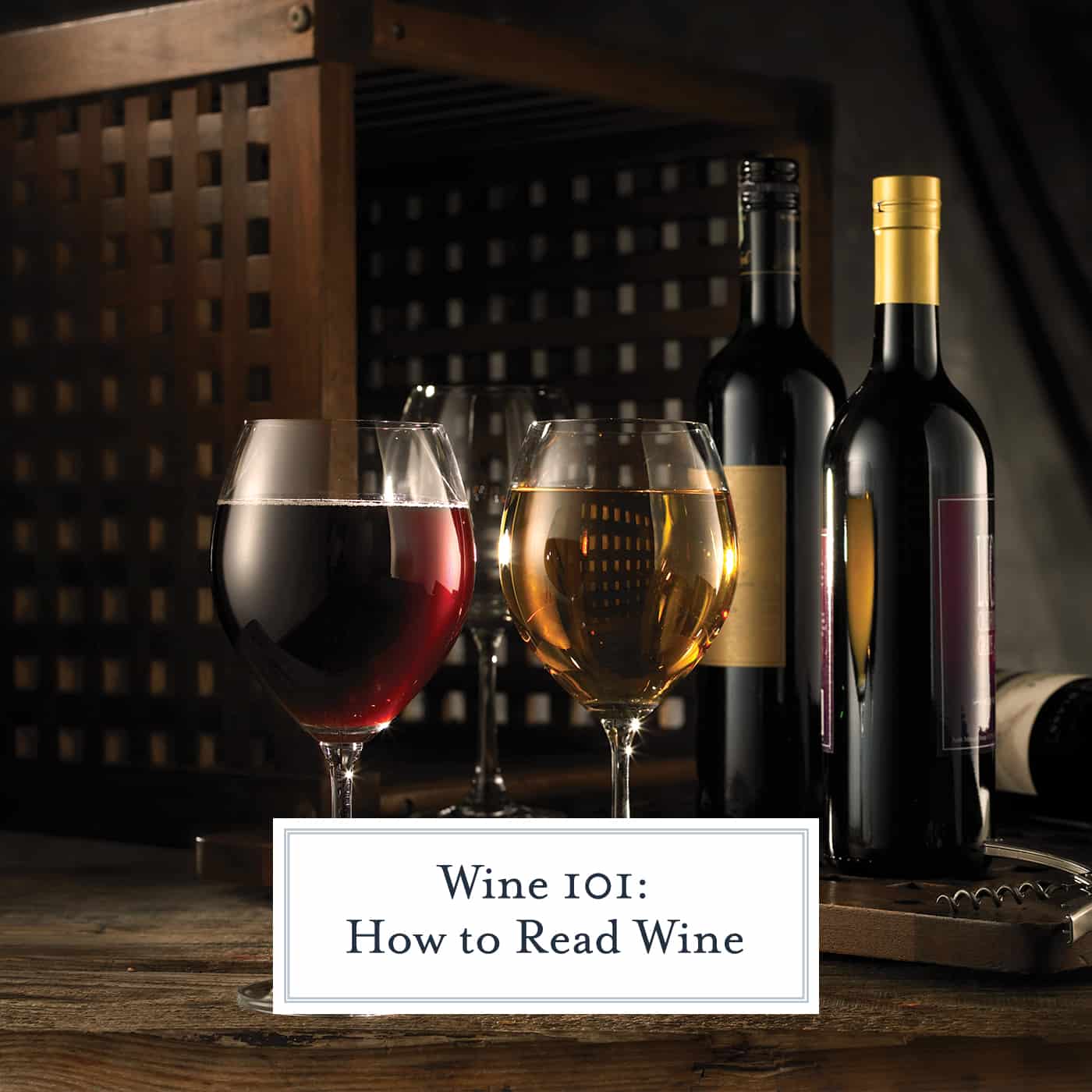
Finding the perfect wine pairing is just as important as making sure that your dishes are perfectly spiced and presented. It can expertly enhance a meal or completely destroy the flavor combinations you have worked so hard to develop.
Important as it may be, it is an aspect that many hosts and hostesses pay little to no attention to. Not for lack of motivation, but lack of knowledge. Wines can be confusing.
How in the world can you perfectly pair foods with wines especially if you have never tasted them before? Or if you yourself don’t care for wine? Before you get to the point of pairing, you need to have a basic understanding of how to read wine.
I’m here to give you a basic, novice tutorial based on an informational session I recently attended with sensory expert Gail Vance Civille and Certified Sommelier Leslee Miller in the ALDI test kitchens.
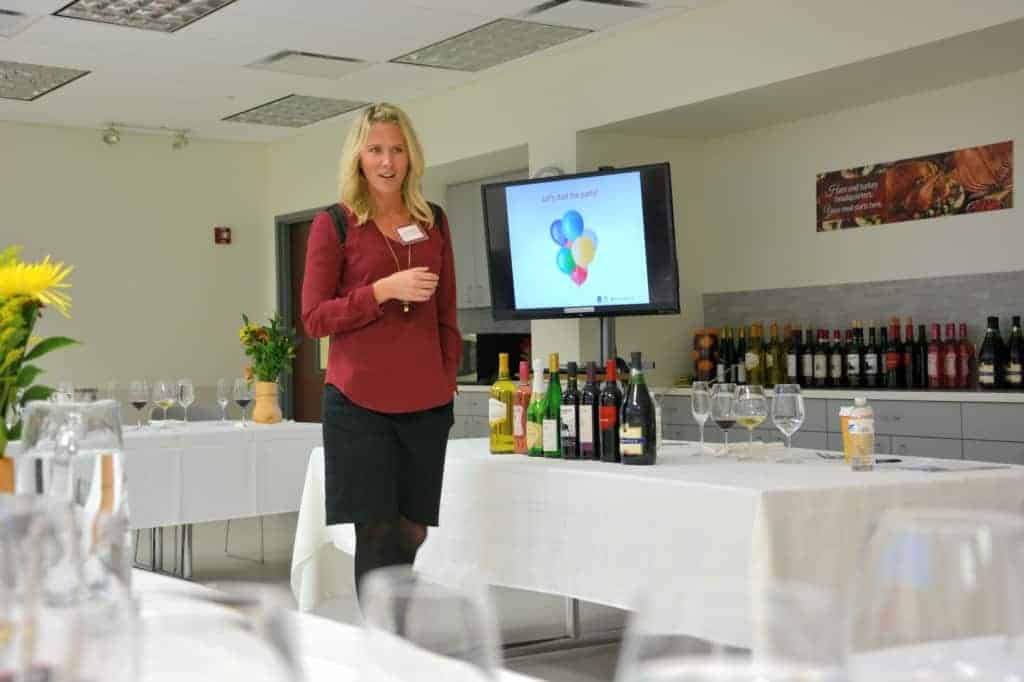
With their assistance I left feeling confident in my ability to further improve the dining experience of my guests, all thanks to ADLI and their wonderful team.
Now, I will pass this priceless information on to you. In this piece, I’ll introduce you to how to read wines and in the next, how to use this information to pair the perfect wine.
We used the deductive tasting method, which breaks down into four criteria: sight, smell, taste and conclusion.
Sight
You’ve heard the saying “don’t judge a book by its cover”, well that doesn’t apply to wine. You will be judging wine based on its appearance.
Just by taking a deep, long glance, you’ll be able to estimate the age and/or condition and gain some insight into the grape variety and age using the “tilt away” and the “swirl.”
Get ready… you are about to look like a wine expert! First, start with a very clean glass. Sediment left over from dish detergents or dust can impact your ability to accurately assess wine.
Next, simply take your wine glass and tilt to a 45 degree angle.
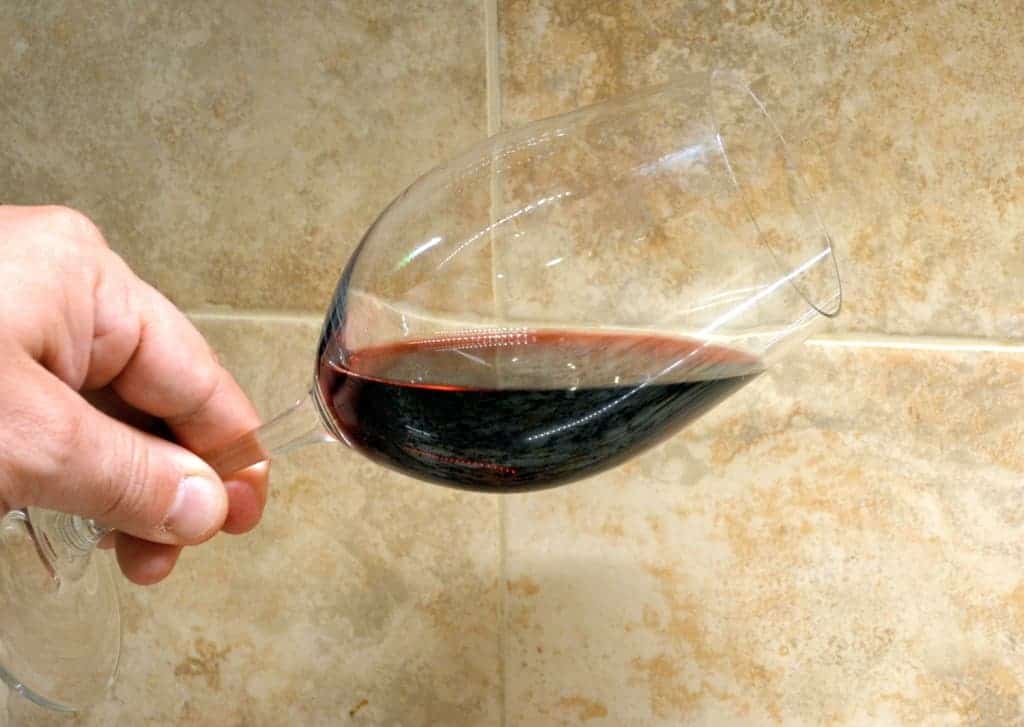
Focus around the edges, where the wine meets the glass and pay attention to the color, this is called rim variation.
A clear or watery appearance suggests the wine is young (not aged). Whites and roses grow darker with age and reds will take on a brown hue.
Moral of the story, the darker the rim variation, the older the wine. Next, take your glass and give it a good swirl, taking care to keep the wine in the glass and not on your table, this measures viscosity, more commonly referred to as legs, tears or curtains. I prefer the term legs, it sounds sexier.
Viscosity will give you clues to the alcohol content of the wine and to the region of grape. The heavier the legs, the hotter the climate the grape was grown, thus higher sugars and alcohol levels.
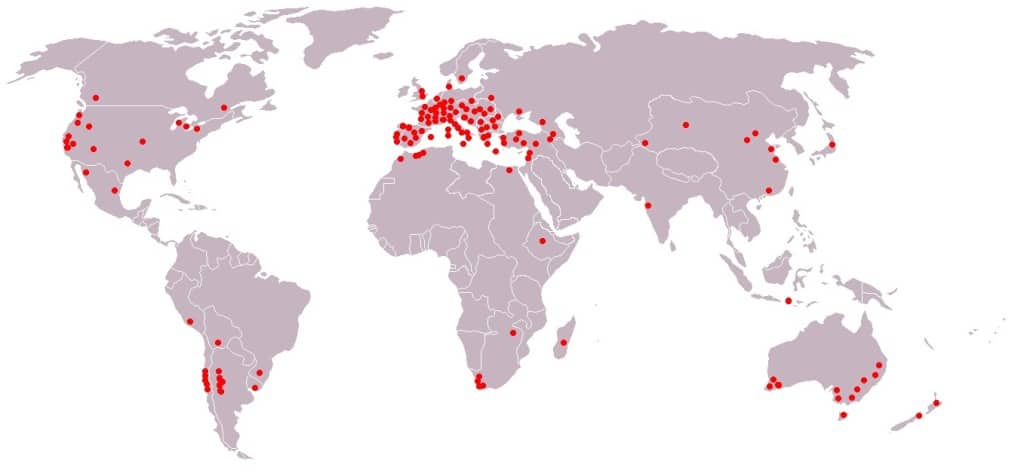
Hot climates would include California, Australia, southern Europe and Argentina. Examples of cooler climates would be northern Europe, New York, New Zealand, Germany and Austria.
Lastly, the color alone can tell you if a wine is an Old World Wine (any wine from Europe) or a New World Wine (anything outside of Europe). Old world wines are lighter in color and the reds have an orange undertone. New world wines are darker in color and have purple undertones.
Smell
Did you know that smell accounts for 90% of taste? It is true, smell and taste go together and the scent will hit you well before the first drop ever hits your tongue.
Swirling is not only a technique useful in the looking for legs, it actually release flavor elements attached to the alcohol molecules in the wine, thus releasing massive amounts of scent.
Get a glass of wine, smell it, then give it a good swirl and smell it again, notice that you will get a much more pungent and full nose from the swirled sniff. Also, make sure you don’t waft.
Stick your nose all the way in the glass and take a good whiff. Here is also where you will start to develop your knack for detecting specific smells like types of fruit, woods and other earthy tones.
This skill is developed through practice and some are naturally better at deconstructing the scents than others.
Taste
The most fun and the most important of choosing a wine is of course, taste! A lot of taste will be based purely on personal preference and what you deem to be fantastic, others may not.
First off, don’t swallow right away. Allow the wine to glide across your tongue and hit all taste bud sections. Some winos will also suck in extra air to oxygenate, which gives you an even better sense of the taste. Here you want to focus on the dryness, sweetness, weight, alcohol content, tannins and acidity.
Sweetness and dryness factor are fairly easy to assess. A dry wine will leave your tongue feeling like sandpaper and sweet wine will taste syrupy. The weight of wine is derived from the amount of alcohol, glycerin and solids. Higher alcohol equals a heavier wine and is generally scaled as light, medium and full.
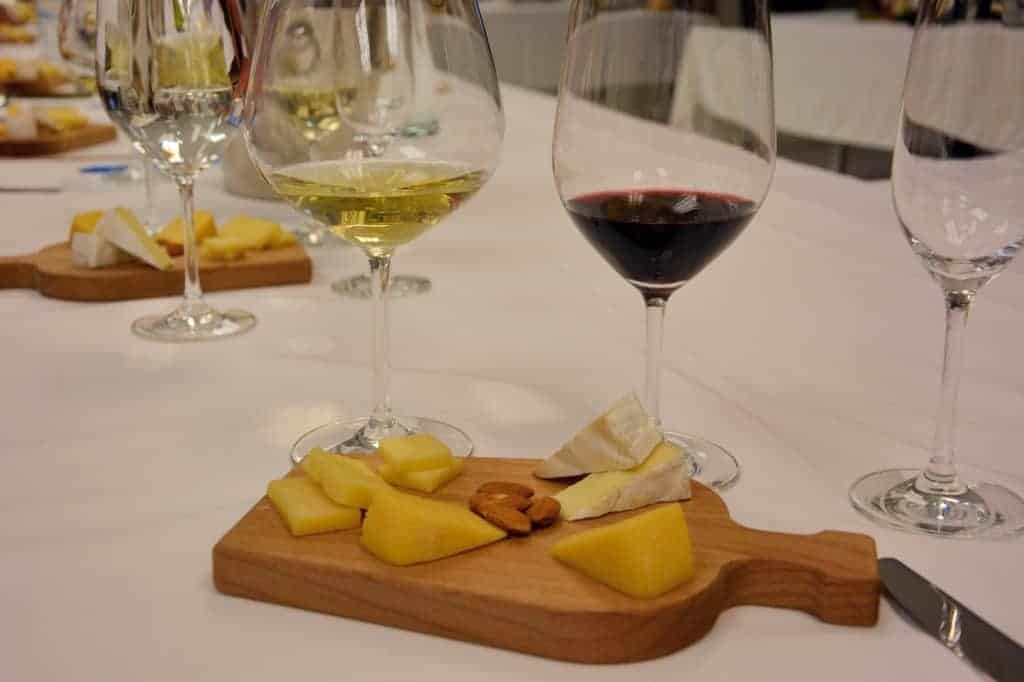
An example of a full wine would be a Malbec with a 15% alcohol content. Tannins are sensed as astringents and bitter. Many folks associate this to headaches when drinking and tend to want a wine with a lower tannin level.
Acidity is sensed in the finish of your sip, if you are drooling, it is highly acidic and also scaled as light, medium and high.
Conclusion
The sight, smell and taste will lead you to your final conclusion and ultimately on how to pair your wines with food. Make sure to stay in touch for the next installment on tips of of how to pair the perfect wine.
Also check out our guide to Port Wine!
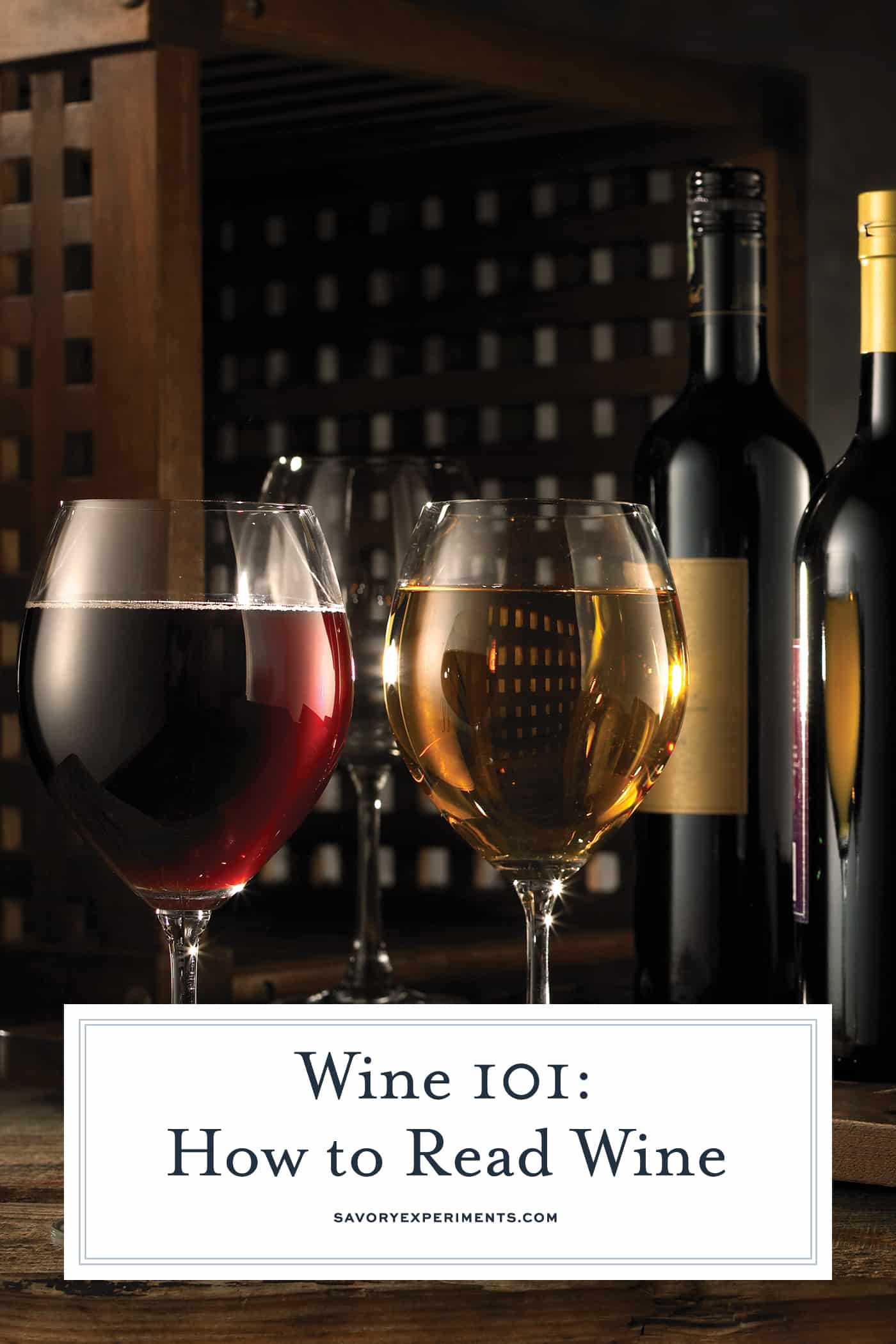
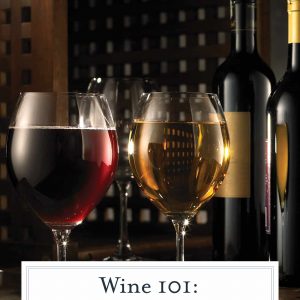
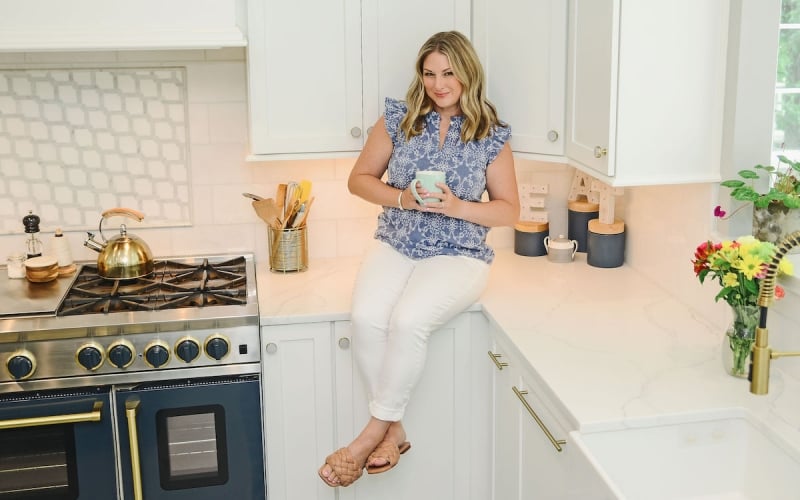
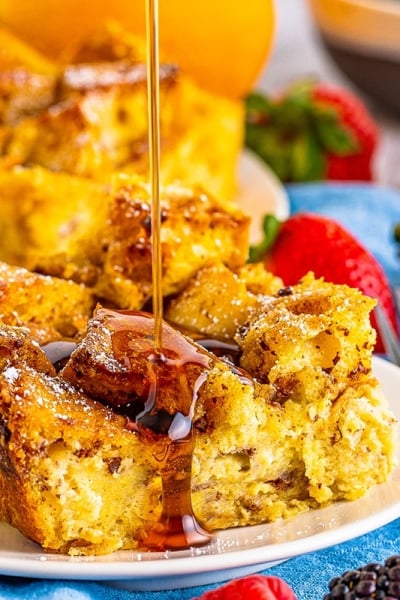
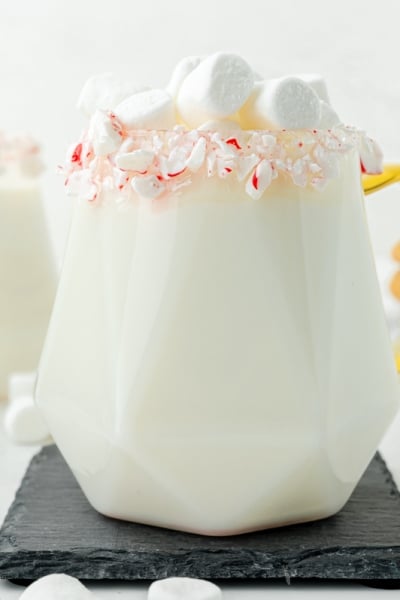
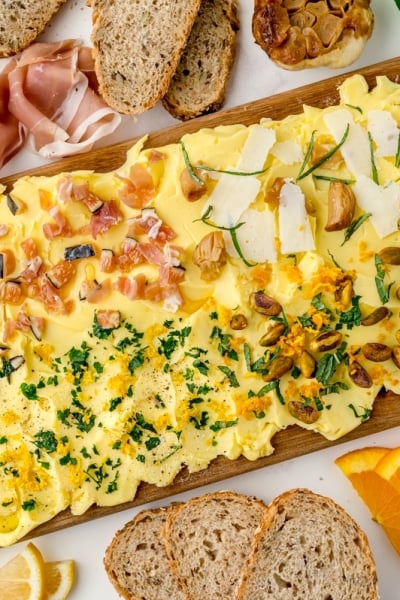
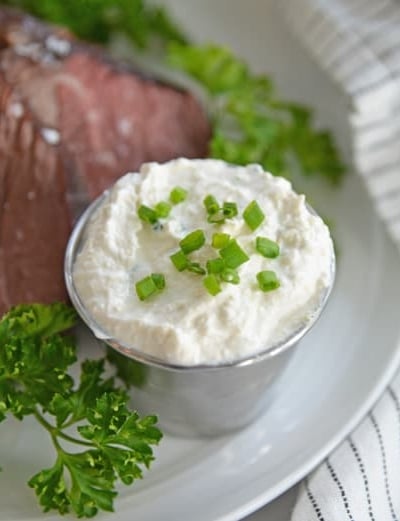
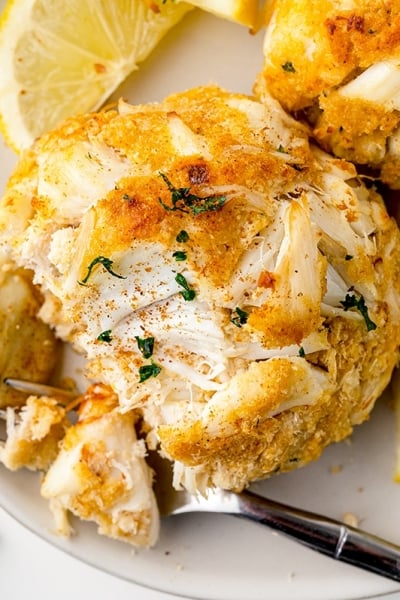
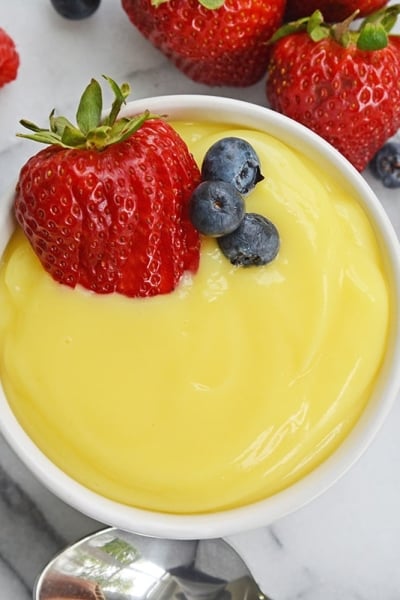
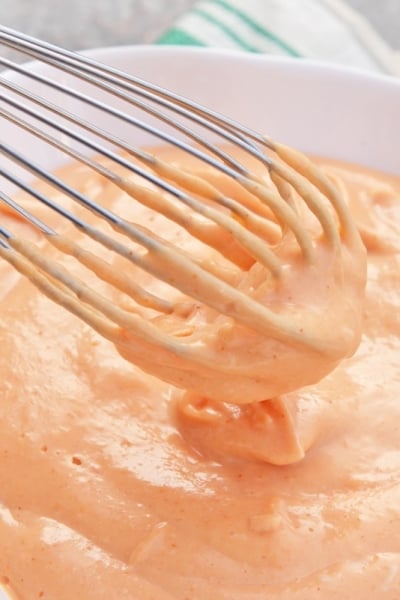
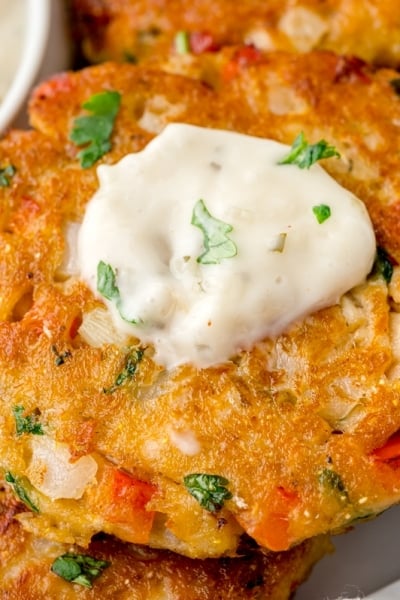
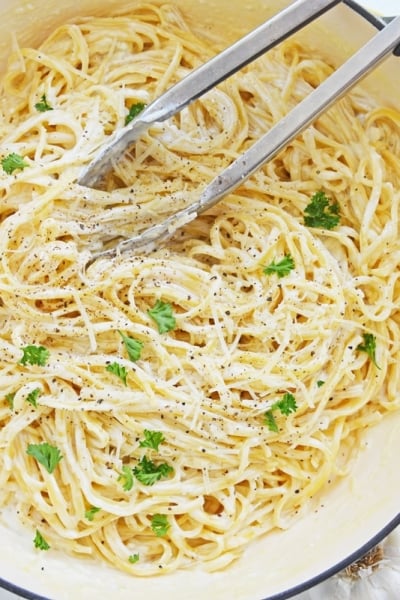
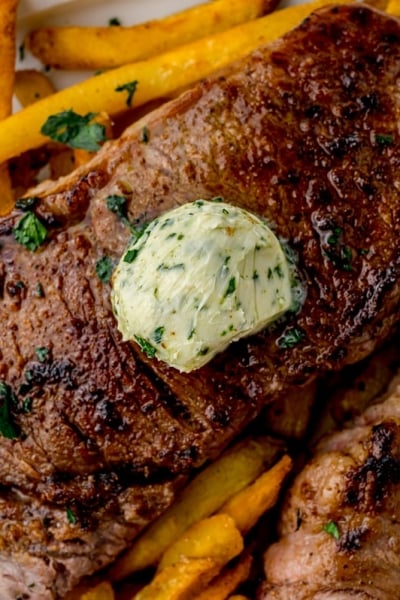







I recently bought a bottle of win at ALDI that was really inexpensive. I was surprised by the taste- it’s delicious!
This is a lot of really useful information for a wine enthusiast. I love a good wine pairing!
It seems like such an intricate process. I think it’s definitely interesting!
What is Aldi? Are they a wine maker?
My mother in law would love this tutorial. My sister would, too. Will be sharing.
How fun! And so many things I had no clue about! Thanks for sharing!
Great info here on wine tasting and what to expect. I personally prefer a sweeter wine, cause I don’t care for that sandpaper feeling on my tongue.
Thanks for the great tips and information. My husband and I have been getting more into wine in the last few years – but we still have a lot to learn.
I loved learning about the Aldi wine selection. The Aldi bloggers look like a great bunch. I know quite a few of them.
We did a wine tasting tour in San Francisco on our honeymoon. We learned lots of great tips like these!
Great tips! I just started drinking wine a few years ago. I still have so much to learn. I don’t drink it a lot and only enjoy it with certain meals. It’s like a treat for me.
Wow, such a wonderful experience! I would love to learn more about wine and pairings!
I love a good sommelier. Without them, I’d be totally lost, well until now. Great tips!
I love drinking wine but I don’t really know anything about it! The extent of my wine knowledge is that Malbec pairs well with steak and Moscato is a dessert wine. LOL!
I like making my own wine. This is great tips to know.
I wish I was a little more wine savvy. I only buy 1 bottle a year, for New Years and honestly, just pick it based on how much I like the name lol.
I totally agree with the smell thing, if a wine smells worse than it tastes, but you get a big whiff of it before you sip, oh man that totally ruins it.
I’m not a wine drinker, but still great tips!
This is a brilliant “walk through” – I love learning things like this!
Such a helpful post! I know I will be a better wine shopper now!!